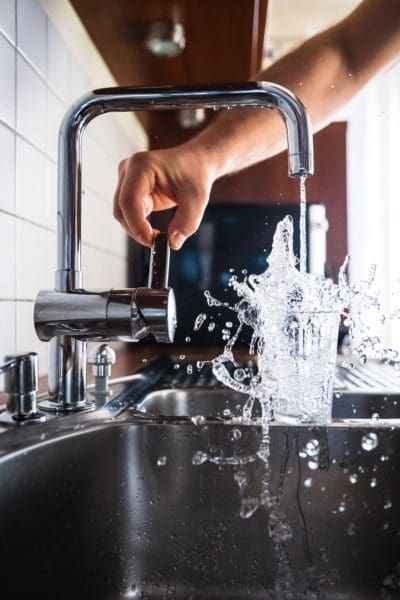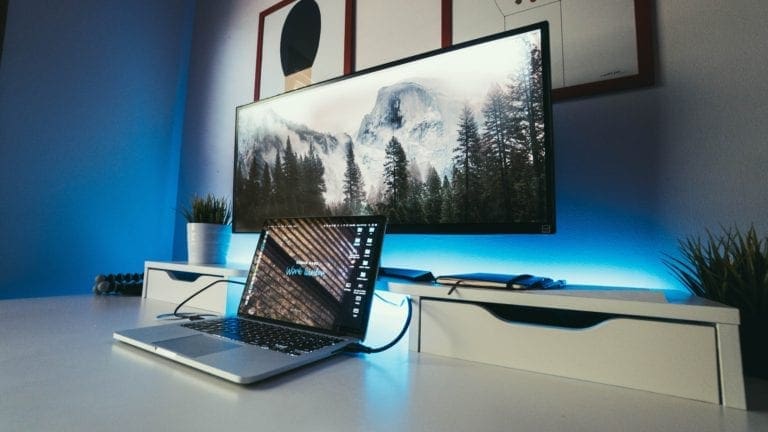Home Water Quality

Our drinking water is one of the most important items in our homes that influence our health. Fortunately, it is regulated and usually safe. Knowing how this process works is important for any household since if there were a problem, you would know how to check your home water quality if you needed to.
Home water quality is a crucial aspect of maintaining good health and well-being. One of the critical factors that determine the quality of drinking water is fluoride content. Fluoride is a naturally occurring mineral found in soil, rocks, and groundwater. It is added to public water supplies as a means to prevent tooth decay. By adding fluoride in drinking water, it helps to stop cavities from forming and can even help to rebuild the tooth’s surface. Extensive studies have shown that fluoride is safe, with excessive fluoride simply being excreted in the urine, but large amounts can lead to dental fluorosis – a condition characterized by discoloration and damage to tooth enamel. In severe cases, it can also cause skeletal fluorosis, but this requires much more fluoride than most people are exposed to in daily life. Many people are not aware of the amount of fluoride present in their tap water or how it impacts their health over time, but strict regulations and constant monitoring should keep fluoride levels safe.
To ensure your home’s water quality meets safety standards, you should get your tap water tested for fluoride levels regularly.
The EPA and Water Quality Regulations
Water goes from reservoirs, lakes, rivers, streams, and underground aquifers to our homes and a local water utility company manages this process, and this includes testing the water for quality based on the Environment Protection Agency standards.
The EPA has been regulating our water since 1974. The Safe Drinking Water Act gives them the responsibility of overseeing the state and local governments and water suppliers that manage the water quality. Each year, an annual report gives water customers their local drinking water facts, including where the water comes from and any contaminants found in the water.
The types of contaminants are numerous, such as fertilizers, pesticides, livestock contaminants, natural chemicals and minerals (uranium, radon, arsenic, etc.), sewer overflows, manufacturing processes, and problems with wastewater treatment systems.
What You Can Do to Maintain or Repair Your Water Quality
If you notice a problem with your water, such as color, smell, or taste that is unusual, you should contact your water supplier.
You can have your water tested by a state-certified laboratory because there can be problems with the pipes and possible contamination in the faucets and near your home. The Safe Drinking Water Hotline can help you find one in your area. The telephone number is 800-426-4791.
You can also have backflow testing done, which looks at how effectively your plumbing for your bathroom waste works because if the valves do not operate normally, the sewage water can contaminate your home’s drinking water. A plumber would check the valves to be certain that they prevent the backflow of wastewater into your water supply and keep your water clean and safe.
A filtering system would help you stay on top of your water quality. The most effective type is a reverse osmosis system. It has very high effectiveness in removing protozoa, such as Cryptosporidium and Giardia; bacteria, such as Salmonella, E. coli, and Shigella; viruses, such as Hepatitis A and Norovirus; common chemical contaminants, such as lead, chloride, copper, and chromium, and may reduce the amount of arsenic, radium, nitrate, and sulfate.
You can buy purified water from a grocery store or have water bottles filled with their water filtration system. Usually, getting the water that is purified is a better choice compared with getting distilled or drinking water since it has the natural minerals that are healthy to drink that distilled water does not have and has a higher level of filtration compared with drinking water that is usually tap water.
A water delivery company can bring your water to you each month. You could use it with the water dispenser that you could buy or rent from this company.









